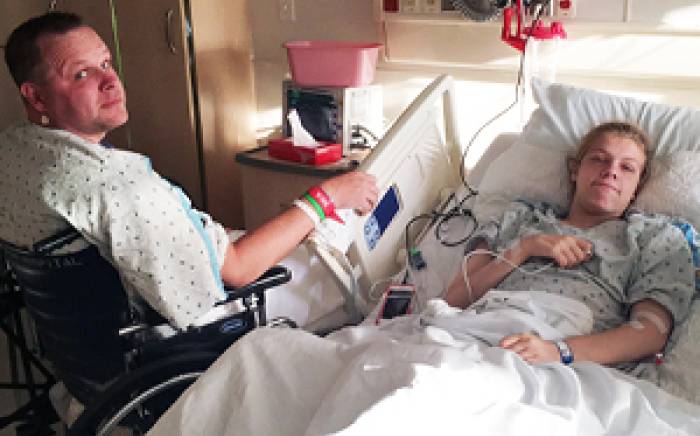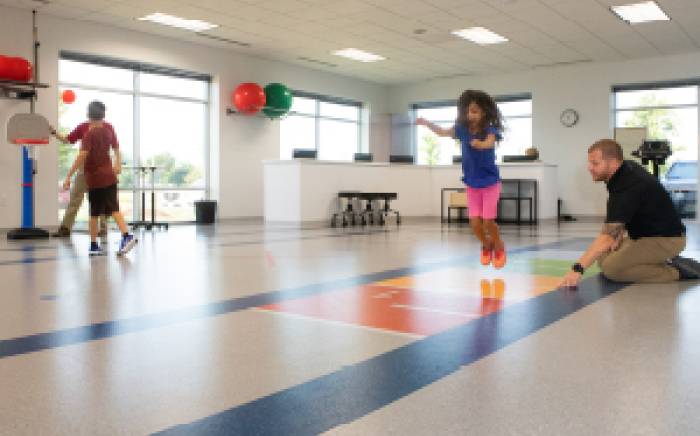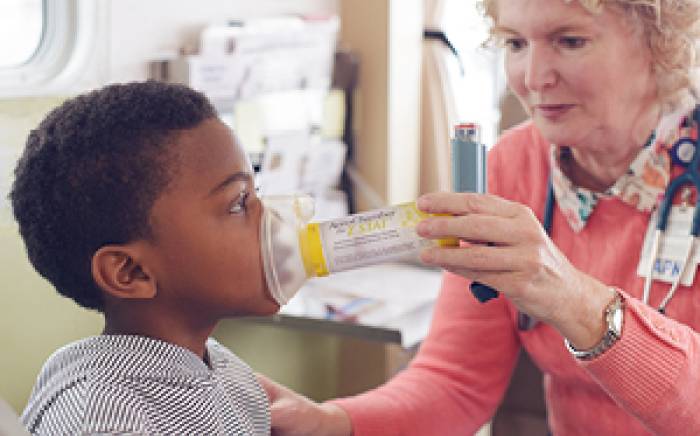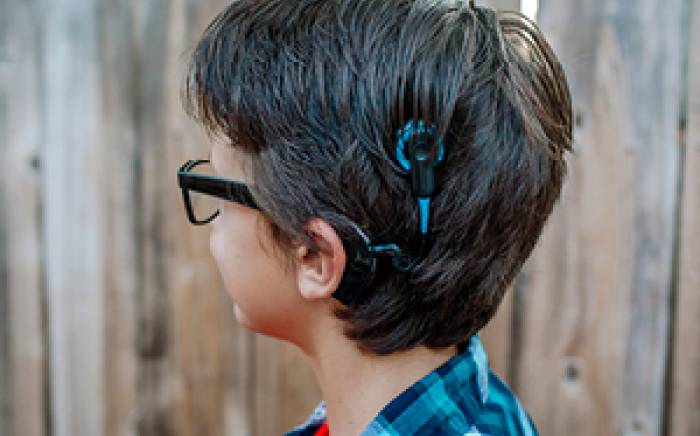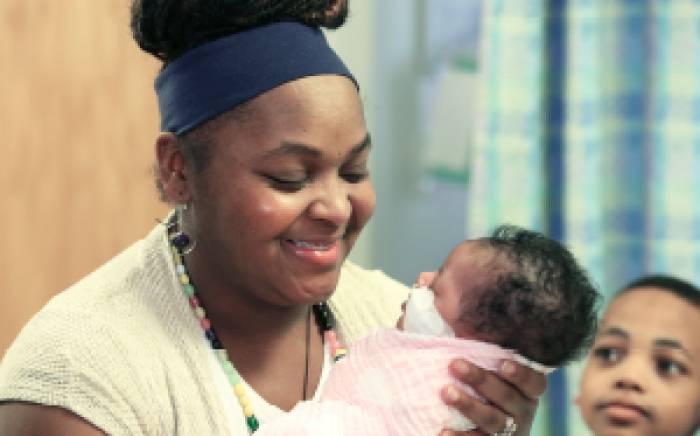It’s been several years now since Connor Pahl, 19, suffered a concussion on the soccer field, but it’s not something his mom has forgotten.
Connor was just 15 years old and was playing goalie in a tournament at a St. Louis-area high school. Although the whistle had blown, an opposing player coming down the field kneed Connor in the head when going for the ball.
“Connor went down, and I just knew something worse had happened,” says his mom, Kelly Pahl. Connor was unconscious and in a matter of minutes, she says, a sports trainer was on the field, and a fellow player called for his dad, a doctor, who was in the stands. But it was the sight of blood pouring out of Connor’s left ear and his fogginess that confirmed the severity of his injuries.
“911 was called right away, and the Mehlville EMS drove their ambulance right out onto the field,” Kelly recalls. “EMS took everything very seriously; they backboarded Connor and started treating him immediately.”
As a long-time BJC HealthCare employee, Kelly didn’t hesitate to ask the EMS to take Connor directly to St. Louis Children’s Hospital because it’s a Level 1 Pediatric Trauma Center.
“I knew they’d have the expertise to take care of him,” she says. “He was diagnosed with a skull fracture, brain bleed and ruptured eardrum. I knew Children’s would have doctors and nurses on staff with experience caring for patients like Connor.”
Connor spent three days at St. Louis Children’s Hospital, where he was cared for in both the pediatric ICU and the neurology/neurosurgery unit. He was under close observation due to continued nausea and confusion.
It was during this time that Connor became a patient of David Limbrick, MD, a Washington University pediatric neurosurgeon at St. Louis Children’s Hospital. In addition, Dr. Mark Halstead, a Washington University pediatric orthopedic specialist at St. Louis Children’s Hospital, was also notified of Connor’s condition because Connor had been a previous patient of Dr. Halstead, who also treats adolescent athletes who suffer from concussions.
“Connor had an epidural hematoma and continued symptoms for quite some time,” Dr. Limbrick recalls. “Patients who suffer an injury like Connor need to be observed for a period of time to ensure there are no lingering issues.”
After being home for a week following his accident, Connor was allowed to go back to school for half days and then finally full time. He has no memory of the hit to his head.
“He stayed a little jumbled for a while, lost 12 pounds because he didn’t have much of an appetite, and he was often tired at first,” Kelly says. “But three months to the day, Dr. Limbrick gave him the OK to play soccer again.”
Kelly says her family considers themselves lucky because Connor didn’t have lingering issues. He was able to resume both soccer and baseball and today is a college sophomore.
“It was a scary time, but I was confident in St. Louis Children’s Hospital and wouldn’t go anywhere else,” she says.
Click here to find concussion fact sheets for parents and caregivers, adolescents and school professionals.





